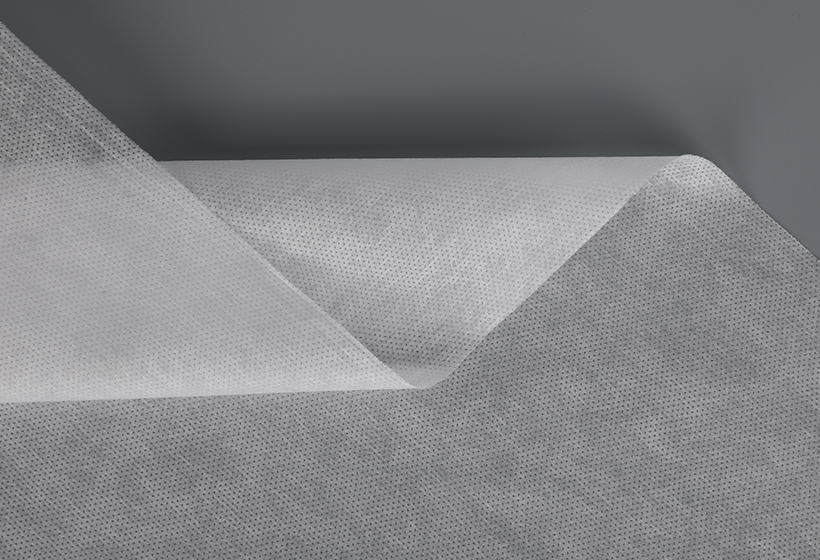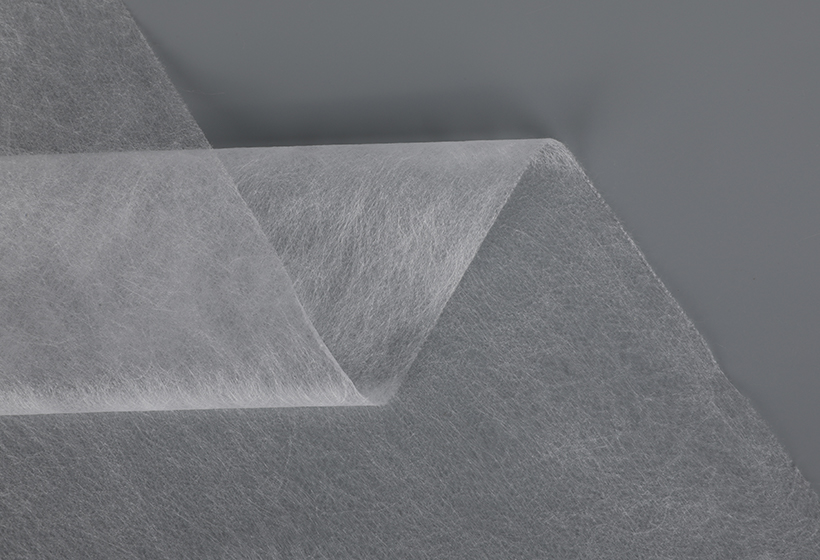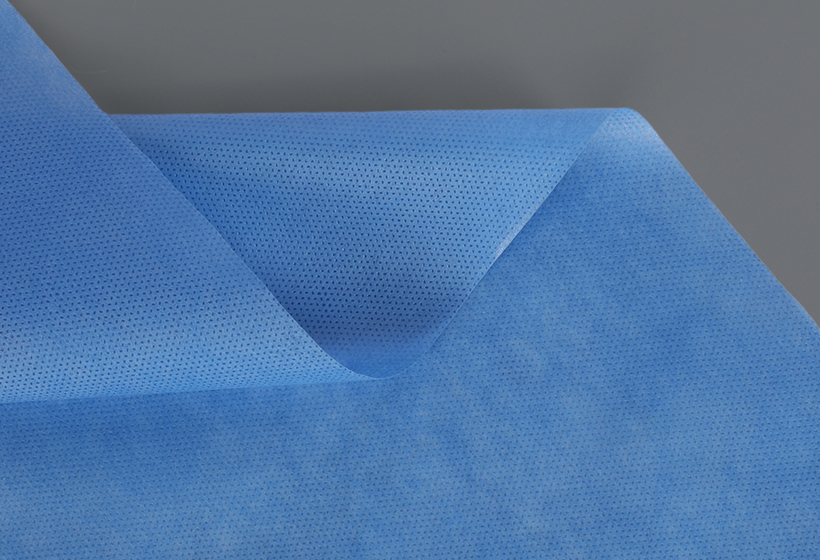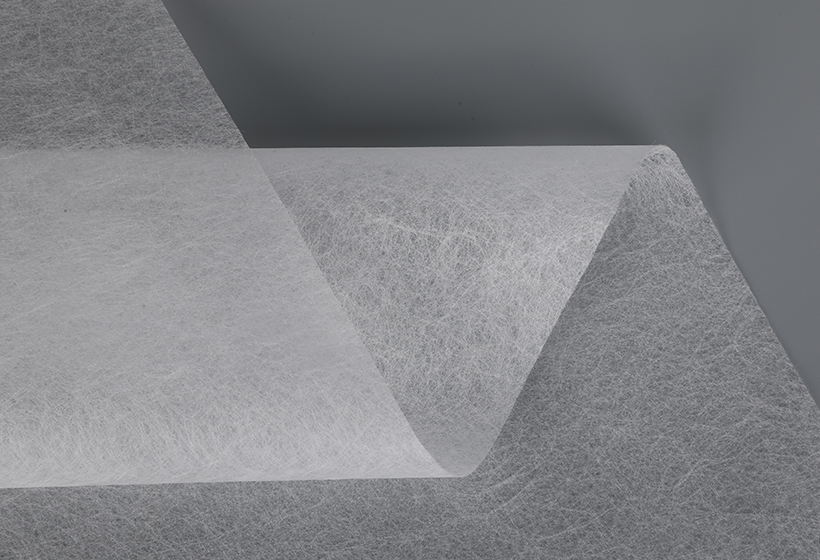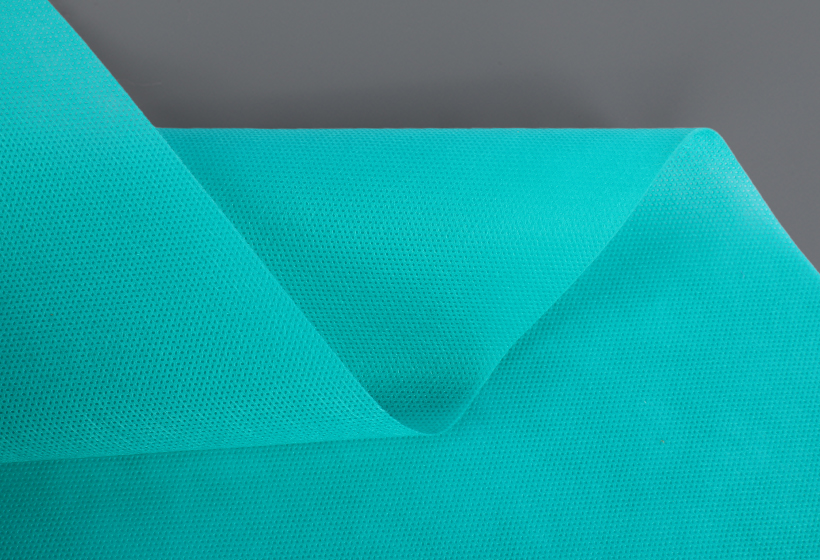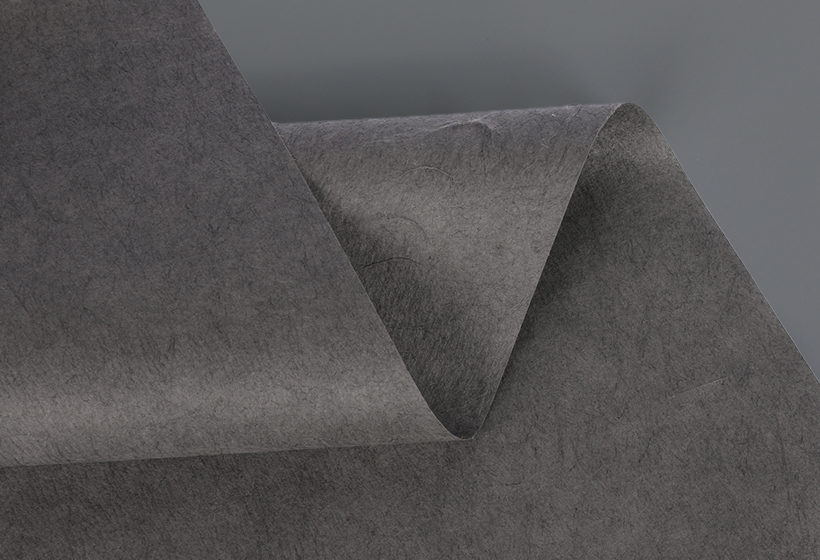The technology for meltblown non-woven fabrics has seen tremendous growth over the past two decades, with a number of developments in the manufacturing process and applications. This article will provide an overview of the production process, key parameters and structure-property relationships, as well as the most important applications of the technology. This paper also highlights the main drawbacks of the technology, including the need for more research and development.
The main disadvantage of meltblown non-woven fabrics is their small fiber fineness, with the average fiber fineness ranging from one to four micrometers. This is due to the fact that the process is unable to balance the forces on the entire spinning line. The airflow varies with the temperature and speed, and the cooling air has a significant impact on the melting process. This leads to different sizes of fineness in the end product.
The meltblown process has many advantages. Firstly, it creates a thin film by absorbing water and oil. It has excellent moisture absorption properties and can be easily removed from any surface. Then, it can be used for various applications, including filtration media. Further, it can be made into any shape you wish. Another major advantage is that meltblown non-woven fabric can be produced in any length and thickness.
In terms of performance, meltblown is superior to continuous filament spunbonding. It can be produced with high quality. It is durable and can withstand harsh conditions. Further, meltblown non-woven fabric is cost-effective. Its cost-effective manufacturing processes make it a preferred choice for many customers. It also increases their output volume and reduces labor costs. For instance, it can be fabricated into a variety of shapes and sizes.
The meltblown non-woven process uses a polymer that is fed through a linear die. The fibres are forced onto a collector screen. This process produces a fine filter and is self-bonded. In addition to medical masks, this type of non-woven fabric is also used extensively in diaper and feminine hygiene products. You can find these materials at many hospitals and medical facilities. They are used in surgical face masks and other medical devices.
China's meltblown nonwoven fabric industry has grown rapidly. As of 2018, China alone accounted for 0.9% of global nonwoven fabric production. Today, Chinese manufacturers are producing almost 54,400 tons of meltblown non-woven fabrics. However, it is not as large as the United States. This is because the melting process has a slowdown during the production process, which limits the output of the finished product.
The process uses a polymer melt to produce fibers. This polymer melt is spun out through multiple rows of spinnerets. Because the melting process is so high, it results in higher spinning pressure, resulting in a higher output rate. Further, despite the high cost of meltblown non-woven fabrics, the overall profit margins are still very low. It is essential to maintain good profitability in the meltblown process.



 English
English Español
Español
